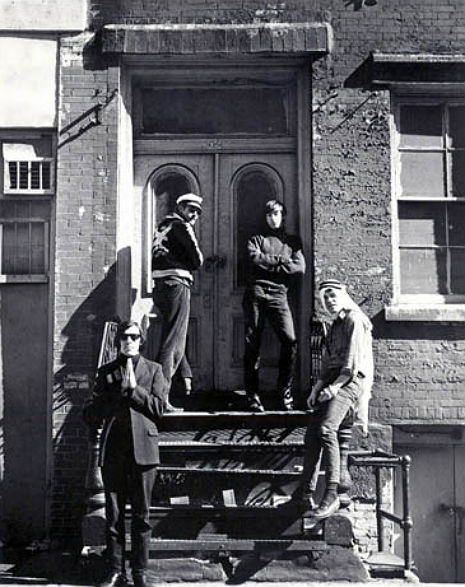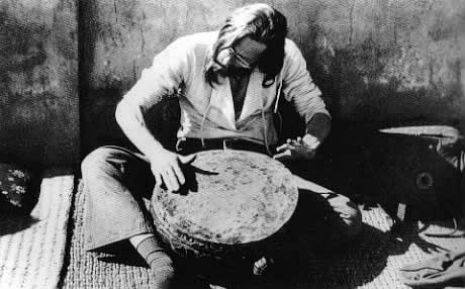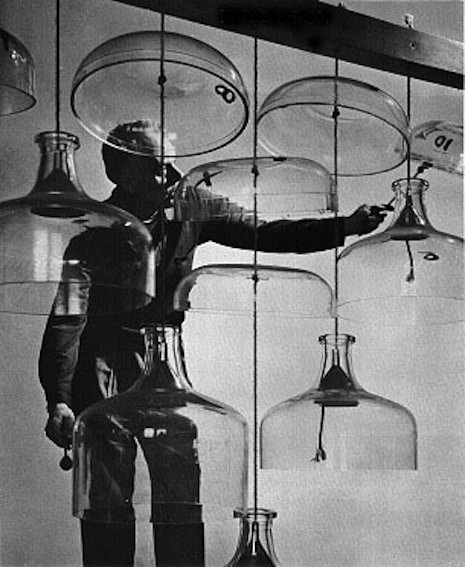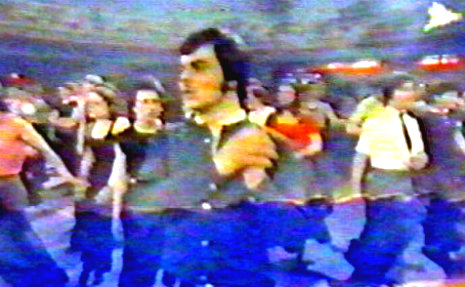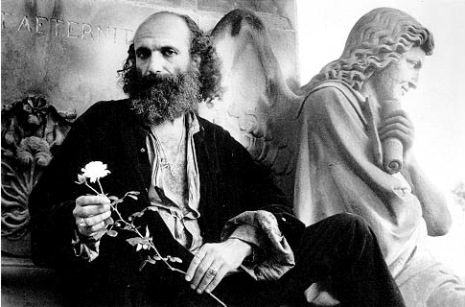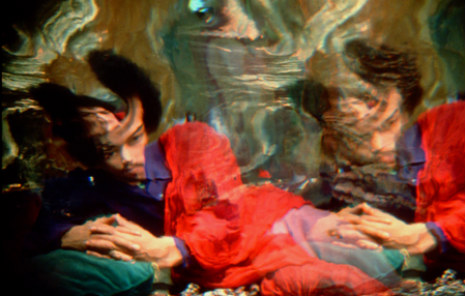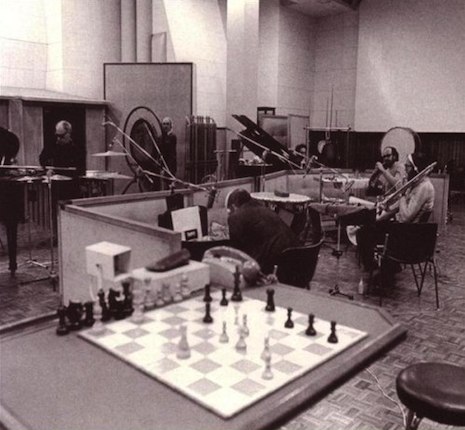
This is a guest post by writer and musician Dave Madden. Take it, Dave:
What lingers in the closets of the Brass Ring of recent film composers? James Horner scored Robert Conrad’s kinda-crappy cult classic The Lady in Red. James Newton Howard did session work for Ringo and arranged songs for Olivia Newton-John. And then you have Ennio Morricone whose wardrobe contains enough oddity to match the awards on his mantle.
During the mid ‘60s, while Morricone was securing his role as the Spaghetti Western king via Sergio Leone’s Dollars trilogy, he became a member of Gruppo di Improvvisazione di Nuova Consonanza, a revolving collective of musicians dedicated to “anti-musical systems and noise techniques” (note: he was part of the band even throughout his days with Dario Argento and his first academy award nomination for the 1979 Days of Heaven).
GDIDNC loosely labeled their technique “Instant Composition”, as everything went direct to tape, not staff paper. They merged a collage of the previous 50 years – Webern-like serialistic pointillism, free jazz, spectralism, Musique concrète – with extra-musical philosophies and disciplines; not to be confused with aleatoricism, they crafted their works not by emptying their preconceptions to get to zero, but incorporating myriad ideas and exercises to guide themselves to zero. While that reads as par for the course for improvising musicians today, there are a few things that separate them from your average non-musician – and placed the crew in the flagship ranks of AMM and Musica Elettronica Viva, and turned them into idols for a young John Zorn (he wrote the liner notes to their 2006 box set, Azioni) .
First, each of the tenuous group was a fantastic musician, respected sound artist and/or scientist: a friend and collaborator of Karlheinz Stockhausen and Luigi Nono (who, together, established the Experimental Studio of the Polish Radio in Warsaw), Gruppo founder and pianist Franco Evangelisti was involved with the Studio of Experimental Electroacoustics of UNESCO, focusing on the biophysics of brain impulses as sonic vibrations; Mario Bertoncini (percussion, piano) made his living as a music educator and, for decades, a concert pianist; Roland Kayn’s (Hammond organ, vibraphone, marimba) “monumental graphic scores” for orchestra were performed by Pierre Boulez, though he later devoted his life to “Cybernetic Music”, a sonic renewing process that became the focus of his ten-hour long Scanning. And so on with all eighteen-and-counting purported contributors.
More importantly, as former Down Beat editor Art Lange points out, they were all known for their compositional savvy:
The key words here, however, are “composers” and “organized.” Evangelisti insisted on a performing ensemble that consisted solely of composers in part because of the inherent (even if intuitive) sense of formal logic they would bring to the performance, but also to avoid any taint of instrumental virtuosity for its own sake.
Lastly, when they performed, the disparate personalities combined into a single, flailing behemoth that did not understand the concept of “lull” or “wandering” as it pursued its artistic objective.
Observe part of “Strings Quartet”:
Wait for the percussive bombast near 7:20
Morricone after the jump…






